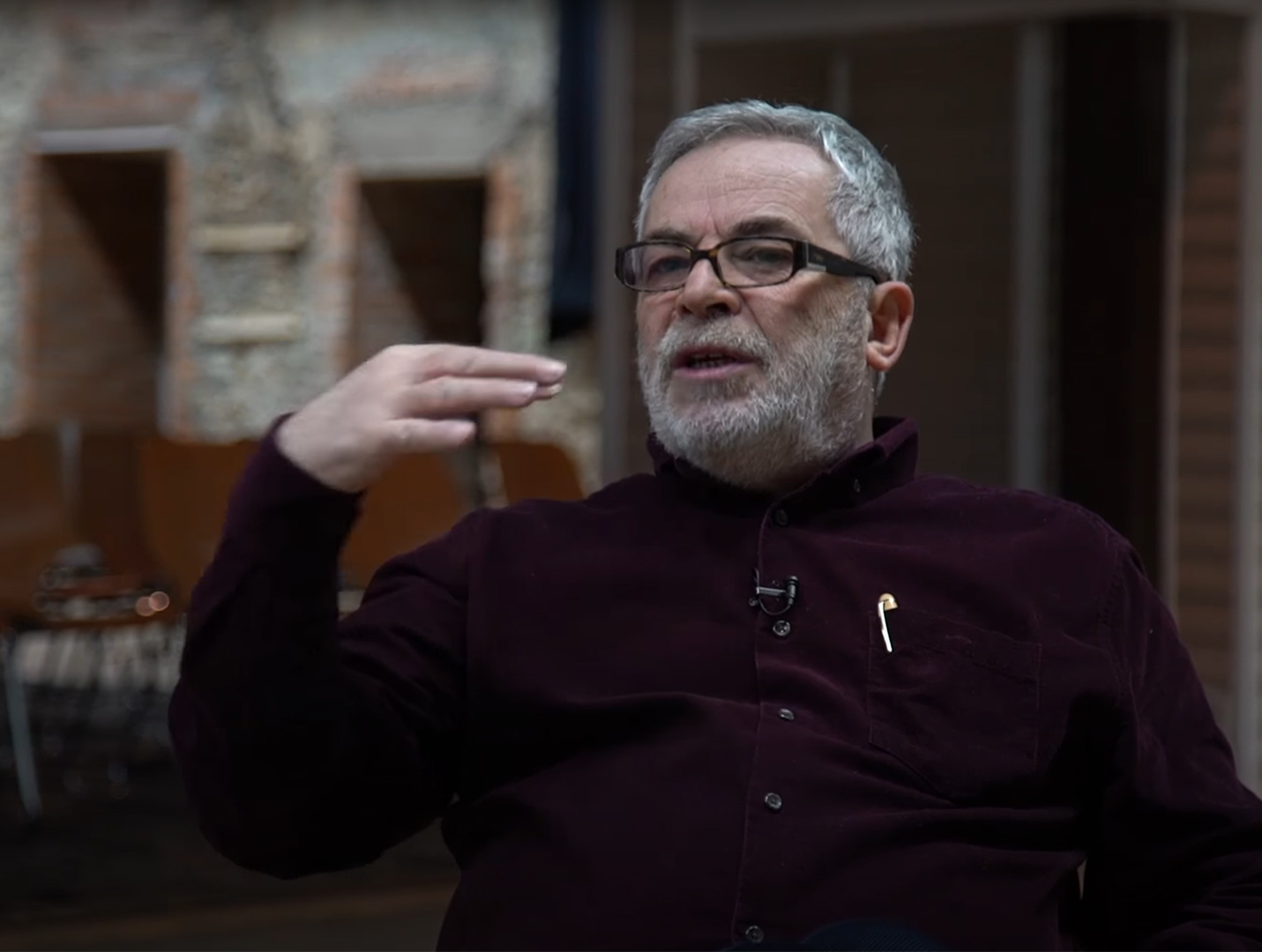
Working as an architect in different periods and different policies, arch. Xhelal Llonçari, in a private meeting, shares his experience and opinion about Pristina. Starting his career in Ramiz Saidik - Prishtina, after his studies in Sarajevo, he distinguished the constructions in Pristina of the socialist period with the period of the last 20 years. He describes with nostalgia the period at that time, especially when he had also collaborated with Rexhep Luci.
All the constructions after the war took place in Kosovo with the saying "I am the state". Investors acted like they were kings in the city even though it was known that their constructions were ruining the city. The pride of investors has driven Architecture in Pristina and other cities in Kosovo, building illegally, illegal connections of new constructions and many other problems. He was often surprised by the construction that was happening at breakneck speed.
But in addition to working as an Architect, he worked as a Professor for many years at the Faculty of Pristina, educating many generations before and after the war. Until now, he has written the book "Synergistic Architecture and Urbanism" and is preparing a new book, which will be a compilation of various writings. From his last book we can mentioned a fragment "There is no place in Europe in the entire history of the last century that has suffered more planned destruction of architectural objects and urban fabric than Kosovo".
Nowadays, the state performs the role of license plate collector. In the post-war period, we have transformed into a society of interest, where everything is built from what by everyone. Today in Pristina we can see all kinds of architecture, which represents the anti-values of a society, since architecture is not qualitative. Our environment has been degraded by non-literal architecture, which in human psychology creates a bad perception, in the form of chaos. One as a human being visits the city every day and the architecture of the city can play an important role in the development of the life of every citizen.
Interview
MS: What were the expectations for architecture and urban planning in Pristina after the end of the war?
XHLL: After the war, my expectations were very high. I thought that part of my dreams from the time of my studies when I was debating with my friends about the future development of Kosovo in the field of architecture and urbanism, would come true.
MS: How do you describe Pristina through Architecture?
XHLL: I see Pristina from the prism of architecture with numerous absences of "ë", the absence of which robs the melody and often the meaning.
MS: What are the post-war places in Pristina that can be used as meeting places? (Squares, various objects, etc.)
XHLL: The vitality of life does not stop nor does it depend on the quality of architectural structures. They only determine the flow of mass, determine the direction of its release, which always goes towards the new.
MS: How do you define the current Architecture of the city of Pristina?
XHLL: The architecture of Pristina could be defined as the prisoner who is released but still wears the prison uniform.
MS: Which neighborhoods can fulfill the conditions of a genuine architecture that simultaneously offer their citizens a good quality of life?
XHLL: In this time of anti-values, the definitions of architectural values are different depending on who gives themselves the authority. Any different opinion, no matter how professional and qualitative it may be, is not even considered, and is even dismissed in a dismissive manner.
MS: Do you think that the current Architecture in Pristina represents its own identity?
XHLL: Prishtina hoped to be on the path of searching for the reconstruction of the identity behind it, the construction of the present identity and created the basis for a joint identity of the future.
MS: What were the factors that influenced the urban and architectural transformation in Pristina?
XHLL: Rapid ruralization and the creation of a legal vacuum after the murder of the chief architect of Pristina.
MS: How do you envision the architectural development of the city in the future?
XHLL: I would like some features of Prishtina to have been preserved (as the only university city - other cities should have colleges). From this point where we are, even dreams are clouded - can't you just imagine the future or don't you want to think of it as a continuation of today?
MS: How can the current state of Architecture and urbanism in Pristina be improved?
XHLL: By drafting laws based on our flaws and problems - without models borrowed from anyone. (creating a vision by engaging all people from the heart to the professionals - doctors, lawyers, artists, historians, linguists,... ). To design our life in our space for ourselves.
Xhelal Llonçari was a professor of Architecture at the Technical Faculty of Pristina